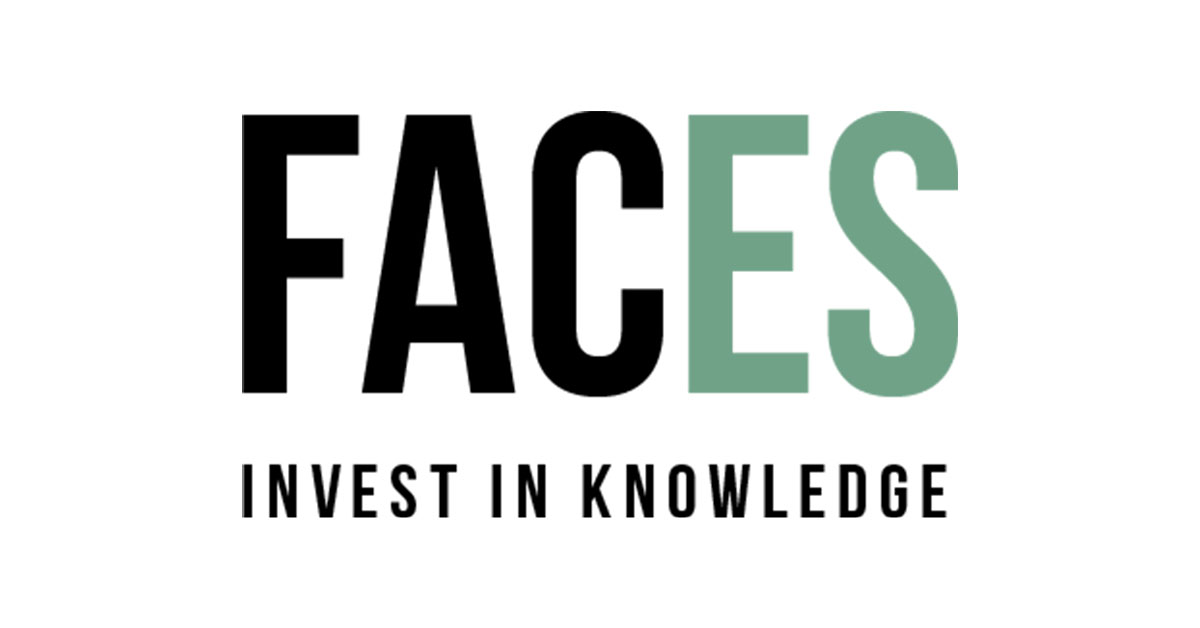For the Dutch version, click here. They are two companies you don't often think about, but they are essential to your daily life. Every time you


The market of 3D printing is expanding rapidly. In this article, 3D printing and its effect on the economy will be described by Youri Jacobi. Will the future look bright with new technological developments? Or will 3D printing be a threat for the manufacturing industry and employment?
The market for 3D printing has been growing rapidly during the recent years. Manufacturers of 3D printers are reporting an increase in demand, partially influenced by a hype created by the media that glorifies the 3D printing technology as bringing a third industrial revolution. 3D printing was already invented in the 1980s, however it remained a niche technology until the expiration of a key patent in 2009. This allowed many startups to emerge by offering cheap consumer-level 3D printers. Besides that, recent new material developments have opened new opportunities for 3D printing. 3D printing has come a long way from its roots in producing simple plastic prototypes. Nowadays, it can handle various materials, ranging from titanium to human cartilage, but it has the possibility to produce fully functional components, while achieving greater precision at higher speeds and lower costs than traditional manufacturing technologies.
Increase in growth and applications
In 2015, the total market surpassed $4 billion in revenues. Growth is expected to reach an amount of $6 billion in 2017 and around $11 billion in 2021. Some experts even predict that total market revenue will reach an amount of $20 billion by 2025. The trillion dollar oil and gas industry is becoming the biggest user of 3D printing. Followed by increasing demand from aerospace, automotive and medical markets that stimulate this growth.
Traditionally, 3D printing has been most useful in creating prototypes, but with the improving technology the demands are shifting to produce critical parts and final parts. Applications are emerging in the aerospace and automotive industries, since 3D printing designs are not restricted anymore by manufacturing limitations and design complexity does not longer add costs. New design avenues enable the economic production of lighter components, which are critical in these industries. The product development cycle will be faster, with rapid prototyping, form and fit testing. In the medical and dental field 3D printing can be used to develop orthopedic implants and prosthetics that are fully customized to a particular individual. Besides, medical students can use 3D printed cadavers for training purposes.
Implications for the economy
The applications of the 3D printing technology are expanding and the prices are decreasing. This implicates that more goods will be manufactured close to their point of purchase or consumption. Parts can be made at dealerships or repair shops, which will decrease transportation costs or even eliminate the need for supply chain management by creating custom components that are individually needed. These first-order implications have an impact on all businesses along the supply, manufacturing and retail chain. The impact will be huge in China and in other countries where manufacturers are having competitive benefits by offering low-priced products due to low labor costs. No workforce can be paid little enough to make up for the costs of shipping across the oceans.
Companies will have to rethink their strategies and operations. China will have to give up on being the mass-manufacturing powerhouse of the world. However, China won’t be a loser in the new area, since it has an enormous domestic market to serve on a local basis. The workforce will have to be prepared for an era in which more and more tasks are automated. New businesses will arise that encourage labor-market flexibility and encourage innovation. Experts suspect that 3D printing will eventually create many new jobs, such as many transformative technologies in the past have done. However, there is no guarantee that this will happen, which could make the transition painful for individual employees in the manufacturing sector. In any case, the jobs created by 3D printing will certainly look very different from the ones we know today.
The technology of 3D printing is improving rapidly, which has a significant influence on the economy. Since new developments open new opportunities, the market of 3D printing is increasing exponentially. For most customers the future is looking bright: new technological developments lead to new custom developed products and to lower prices. However, manufacturing companies and employees might see these new developments as a threat. Disruption can be dangerous and scary, but also lead to wonderful new businesses and ways of life. More importantly, the changes are inevitable, so try to adopt and get in front while you can.
References:
Bloomberg, How 3-D printing could disrupt the economy of a future
Cohen, D., Sargeant, M. & Somers, K., 3-D printing thakes shape, Jan 14, McKinsey
D’Aveni, R. A., 3-D printing will change the world, March 2013, Harvard Business Review
Earls, A. & Baya, V., The road ahead for 3-D printers, PWC
Harrop, J., The 3D printing market boom: 22% CAGR over the next decade, Dec 14, IDTechEX
Harrop, J. & Gordon, R., 3D Printing 2015-2025: Technologies, Markets, Players, IDTechEx.
The Statistics Portal, Additive Manufacturing and 3D printing – Statistics & Facts.























